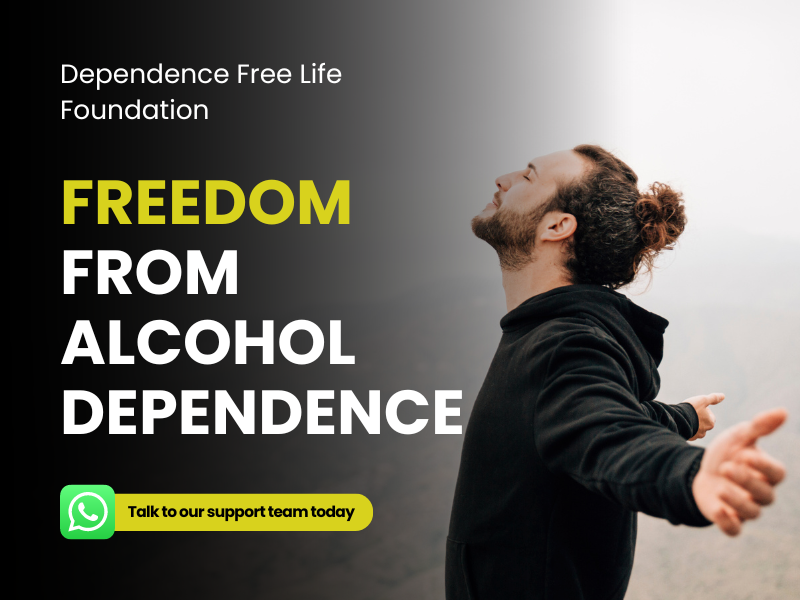



Big H, Blacktar, Brown sugar, Dope, Horse, Junk, Muc, Skag, Smack
Heroin is a highly addictive drug derived from morphine, which is obtained from the opium poppy. It is a “downer” or depressant that affects the brain’s pleasure systems and interferes with the brain’s ability to perceive pain.
White to dark brown powder or tar-like substance.
Heroin can be used in a variety of ways, depending on user preference and the purity of the drug. Heroin can be injected into a vein (“mainlining”), injected into a muscle, smoked in a water pipe or standard pipe, mixed in a marijuana joint or regular cigarette, inhaled as smoke through a straw, known as “chasing the dragon,” snorted as powder via the nose.
The short-term effects of heroin abuse appear soon after a single dose and disappear in a few hours. After an injection of Heroin, the user reports feeling a surge of euphoria (“rush”) accompanied by a warm flushing of the skin, a dry mouth, and heavy extremities. Following this initial euphoria, the user goes “on the nod,” an alternately wakeful and drowsy state. Mental functioning becomes clouded due to the depression of the central nervous system. Other effects included slowed and slurred speech, slow gait, constricted pupils, droopy eyelids, impaired night vision, vomiting, and constipation.
Long-term effects of heroin appear after repeated use for some period of time. Chronic users may develop collapsed veins, infection of the heart lining and valves, abscesses, cellulites, and liver disease. Pulmonary complications, including various types of pneumonia, may result from the poor health condition of the abuser, as well as from heroin’s depressing effects on respiration. In addition to the effects of the drug itself, street heroin may have additives that do not really dissolve and result in clogging the blood vessels that lead to the lungs, liver, kidneys, or brain. This can cause infection or even death of small patches of cells in vital organs. With regular heroin use, tolerance develops. This means the abuser must use more heroin to achieve the same intensity or effect.
As higher doses are used over time, physical dependence and addiction develop. With physical dependence, the body has adapted to the presence of the drug and withdrawal symptoms may occur if use is reduced or stopped. Withdrawal, which in regular abusers may occur as early as a few hours after the last administration, produces drug craving, restlessness, muscle and bone pain, insomnia, diarrhea and vomiting, cold flashes with goose bumps (“cold turkey”), kicking movements (“kicking the habit”), and other symptoms. Major withdrawal symptoms peak between 48 and 72 hours after the last does and subside after about a week. Sudden withdrawal by heavily dependent users who are in poor health can be fatal.
Copyright © 2025 Dependence free life | Designed and Developed by Exavibes